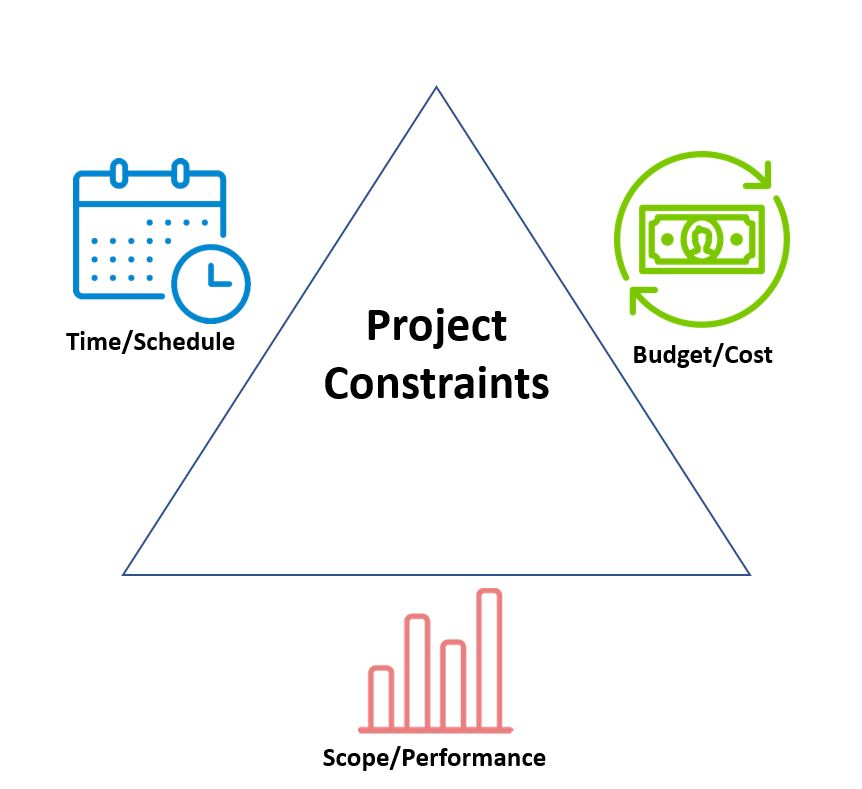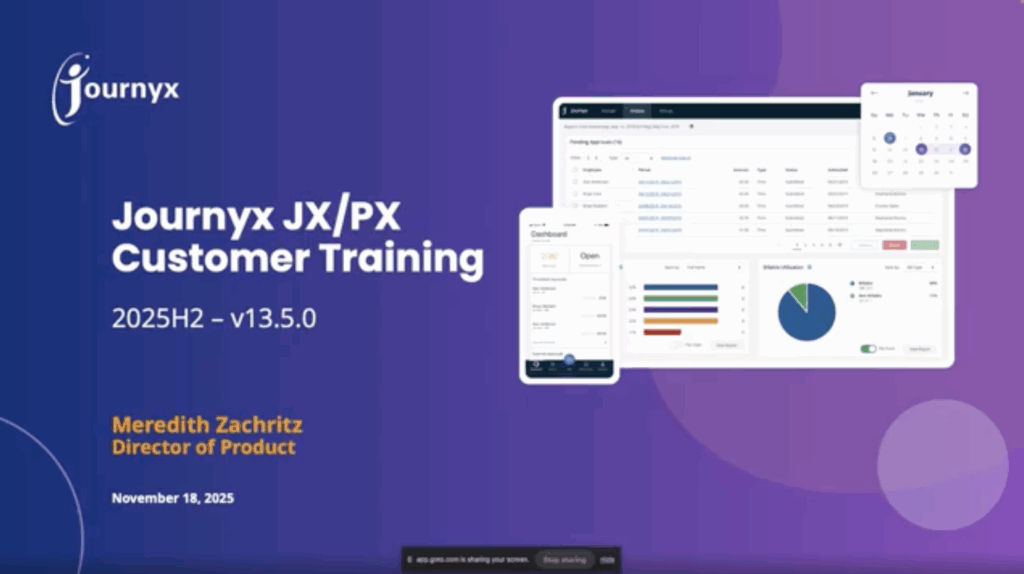Why The Resources You Choose for a Project Will Impact Its Success
There are many types of resources in project management, and a variety of considerations when determining the right resources to work on a project. Assigning the appropriate resources can be the difference between project failure and success. Factors such as skills, expertise, cost and availability will determine if a resource is a good fit for any given project.
The definition for project success can vary by project. In order to pick the right resources, you have to determine the highest priorities for your project.
Types of Resources in Project Management: A Quick Refresher
First, let’s do a quick review of the seven main types of resources you may be utilizing for your projects:
- Services: External/third-party resources hired to complete certain tasks
- Labor: Internal staff involved in your projects
- Equipment: Any business equipment needed specifically for the completion of certain projects (such as computer hardware, office furniture, or vehicles)
- Materials: These are resources that are consumed in the completion of a project, and may even be part of the deliverable (such as nails, fuel, or office supplies)
- Money: This one is pretty self-explanatory, as this means the monetary budget you have for the project
- Space: This refers to the space required for completing the project, whether that means staff, equipment, materials, etc.
- Time: This, of course, is the time in which specific projects need to be completed
These resource types will need to be taken into consideration as you define your projects constraints and priorities. In this post, I’ll be focusing specifically on your labor resources.
Defining Your Project’s Constraint
Using the triple constraint theory for project management, you can identify the top priority for your project based on the following three project constraints: scope/performance, time/schedule and budget/cost.
 If you change one of these constraints, it will have an effect on the other two. The constraint that drives your top priority will help to determine which types of resources are right for your project.
If you change one of these constraints, it will have an effect on the other two. The constraint that drives your top priority will help to determine which types of resources are right for your project.
- Scope/Performance: When the scope or performance of the project delivery is rigidly defined or most important, look for resources who are most qualified to do the work. Deep expertise in the subject area is most desirable when scope is critical. Cost and earliest availability are less important; however, it will still be important to manage scope creep to avoid project failure.
- Time/Schedule: When time/date to deliver is fixed or most important, look for resources who work quickly and/or are available the soonest. Deep expertise (unless it contributes to doing the work faster) and cost are less important.
- Budget/Cost: When the budget is finite or minimizing costs is most important, look for the least expensive resources. Deep expertise that comes at a premium cost and availability are less important.
In reality, most projects are subject to all three constraints to varying degrees. While one constraint might drive your top priority, another might come in a close second. For example, you might have a project that has a fixed delivery date, but you are also tasked with minimizing the costs. In the end, you can only have one top priority. If you must meet a fixed delivery date, you may have to accept cost overruns to do so. However, you can select resources at the outset to try and satisfy both priorities (e.g., filter the resources by soonest available + lowest cost).
The Role of Resource Management Tools
Effective tools to locate resources based on your project priorities are critical for assigning the right resources for project success. Many project time tracking and/or project portfolio management solutions also have resource management tools. So, why is resource management software such a key success factor for project management?
- You need to be able to do effective capacity planning so you can meet the needs of the project according to your top priority.
- You need to know what resources you have, their attributes (skills, expertise, cost), and their availability.
- You need to be able to easily search for the resources you need based on their attributes, so you can then find the resources that are best suited to your top priority or combination of priorities.
The Bottom Line
By using a resource management system to allocate the right types of resources to projects and for teams to track time to those projects, project managers can address problems as soon as they surface and executives can understand cost expenditure. This will put an end to project failure, as well as eliminate the waste of resources on projects that are not profitable to the organization.
Let’s Get Started. Book a Demo Today.
Journyx helps you track time for projects, payroll, and more. Learn how Journyx can help you use time to your advantage in your business.



